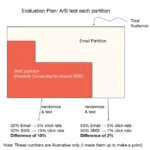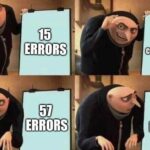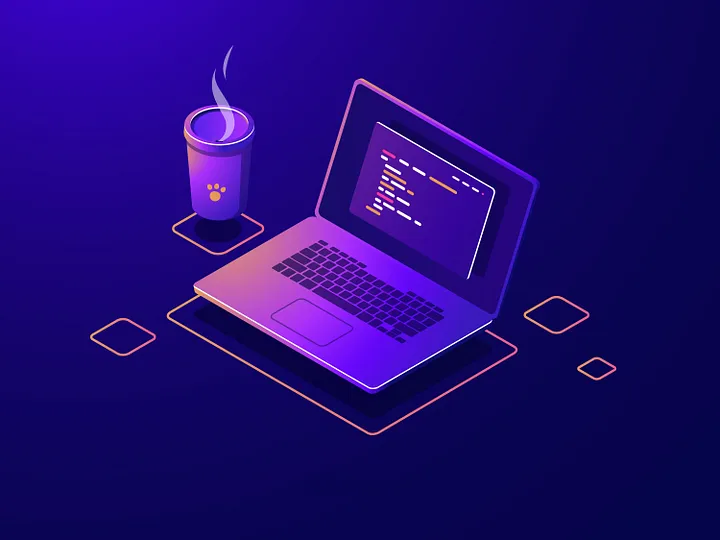Python is one of the most popular programming languages in the world. Known for its readability, versatility, and powerful libraries, Python is widely used for web development, data analysis, artificial intelligence, machine learning, automation, and much more. Whether you’re a complete beginner or looking to deepen your knowledge, this article will guide you through the process of learning Python, from basic to advanced concepts.
1. Start with the Basics
1.1 Understand Python’s Syntax
The first step in learning Python is understanding its syntax. Python’s syntax is simple and readable, which makes it ideal for beginners. Start by familiarizing yourself with:
- Variables and Data Types: Learn how to store and manipulate data using variables. Python supports several data types, including integers, floats, strings, lists, tuples, dictionaries, and booleans.
- Basic Operators: Understand arithmetic, comparison, and logical operators for performing calculations and comparisons.
- Control Structures: Learn how to use
if,elif, andelsestatements to control the flow of your program. Additionally, learn loops likeforandwhilefor iteration. - Functions: Functions allow you to group reusable pieces of code. Learn how to define functions with the
defkeyword, pass arguments, and return values.
1.2 Set Up Your Development Environment
To write Python code, you’ll need a Python interpreter installed on your machine. You can download it from the official Python website (https://www.python.org). It’s also helpful to use a code editor such as Visual Studio Code, PyCharm, or Jupyter Notebooks for an interactive experience.
1.3 Write Simple Python Programs
Start by writing simple programs to get a feel for the language. Examples include:
- A calculator that performs basic operations
- A program that prints “Hello, World!”
- A program that asks for user input and prints a response
These exercises will give you confidence as you become familiar with Python’s syntax.
2. Intermediate Python Concepts
Once you’re comfortable with the basics, move on to intermediate concepts that will expand your understanding of Python and allow you to write more complex programs.
2.1 Data Structures
Python has powerful built-in data structures that you should master:
- Lists: Learn how to work with lists, which are ordered collections that can hold any data type.
- Tuples: Understand tuples, which are similar to lists but immutable (cannot be modified once created).
- Dictionaries: Explore dictionaries, which are key-value pairs and useful for mapping data.
- Sets: Learn about sets, which are unordered collections of unique elements.
2.2 Object-Oriented Programming (OOP)
Python is an object-oriented language, meaning that you can model real-world entities using classes and objects. Key OOP concepts include:
- Classes and Objects: Learn how to define classes, create objects, and understand the difference between them.
- Attributes and Methods: Learn how to define attributes (variables) and methods (functions) within a class.
- Inheritance and Polymorphism: Explore how one class can inherit properties from another and how polymorphism allows different objects to respond to the same method in different ways.
2.3 Error Handling and Exceptions
In Python, you can handle errors using try-except blocks. This is important for making your code more robust. Learn how to:
- Catch exceptions: Handle runtime errors gracefully without crashing the program.
- Raise exceptions: Create custom error messages when certain conditions aren’t met.
2.4 File Handling
Understanding how to read and write files is essential for many projects. Learn how to:
- Open and close files using
open()andclose(). - Read and write data to files using methods like
read(),write(), andwritelines().
3. Advanced Python Concepts
Once you have a solid grasp of intermediate concepts, you can move on to advanced Python topics that will help you solve complex problems and work on professional-level projects.
3.1 Functional Programming
Python supports functional programming, which focuses on using functions as first-class objects. Key topics to explore include:
- Lambda Functions: Anonymous functions that are defined in a single line.
- Map, Filter, and Reduce: Learn how to manipulate data with these high-order functions.
- List Comprehensions: A concise way to create lists based on existing lists.
3.2 Decorators and Generators
- Decorators: Functions that modify the behavior of other functions or methods.
- Generators: Special types of iterators that allow you to iterate over a sequence of values without storing them in memory. Generators use the
yieldkeyword.
3.3 Working with Libraries and Frameworks
As you become more advanced, you’ll want to make use of Python’s rich ecosystem of libraries and frameworks for specialized tasks.
- Web Development: Learn Flask or Django to build web applications.
- Data Analysis and Visualization: Master libraries like Pandas, NumPy, and Matplotlib to analyze and visualize data.
- Machine Learning and AI: Start using libraries like TensorFlow, Keras, and Scikit-learn to build machine learning models.
- Automation: Use libraries like
os,shutil, andtimeto automate tasks on your computer.
3.4 Multithreading and Concurrency
Python’s multithreading capabilities allow you to write programs that perform multiple tasks at the same time. Learn how to:
- Use the
threadingmodule to create concurrent programs. - Understand the Global Interpreter Lock (GIL) and how it affects performance.
- Explore other concurrency approaches, such as multiprocessing and asynchronous programming.
3.5 Testing and Debugging
Testing and debugging are essential skills for writing reliable Python code. Learn how to:
- Write unit tests using the
unittestorpytestlibrary. - Use debugging tools like
pdbto step through your code and inspect variables. - Understand test-driven development (TDD): Write tests before writing the actual code.
4. Practical Projects
The best way to solidify your knowledge is by working on real-world projects. Some project ideas to challenge yourself include:
- A personal finance tracker: Store and track your expenses and income.
- A weather app: Fetch data from an API and display weather information.
- A web scraper: Use
BeautifulSouporScrapyto collect data from websites. - A chatbot: Build a chatbot using Python’s Natural Language Toolkit (NLTK).
- A simple game: Create a text-based game using Python’s built-in
curseslibrary or build a graphical game withPygame.
5. Keep Practicing and Stay Updated
Learning Python is an ongoing journey. To keep improving:
- Join the Python community: Participate in forums like StackOverflow or Reddit, attend meetups, and contribute to open-source projects.
- Read Python books: Some popular books to consider include “Automate the Boring Stuff with Python” by Al Sweigart and “Fluent Python” by Luciano Ramalho.
- Take online courses: Platforms like Coursera, edX, and Udemy offer a wide range of Python courses, from beginner to advanced levels.
Learning Python from basic to advanced concepts requires patience, practice, and a commitment to building real-world projects. By following a structured approach and consistently improving your skills, you’ll soon be able to tackle complex problems and work on a wide range of Python applications. Whether you aim to become a software developer, data scientist, or AI expert, Python provides the tools and libraries you need to succeed. Happy coding














